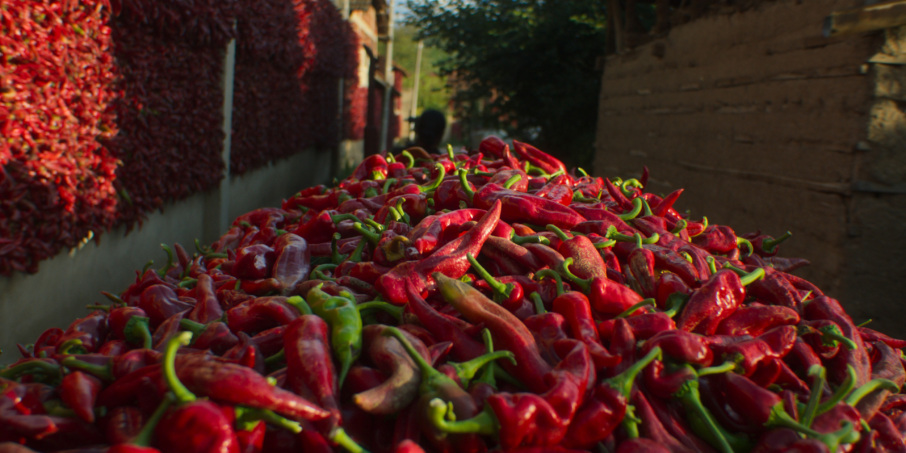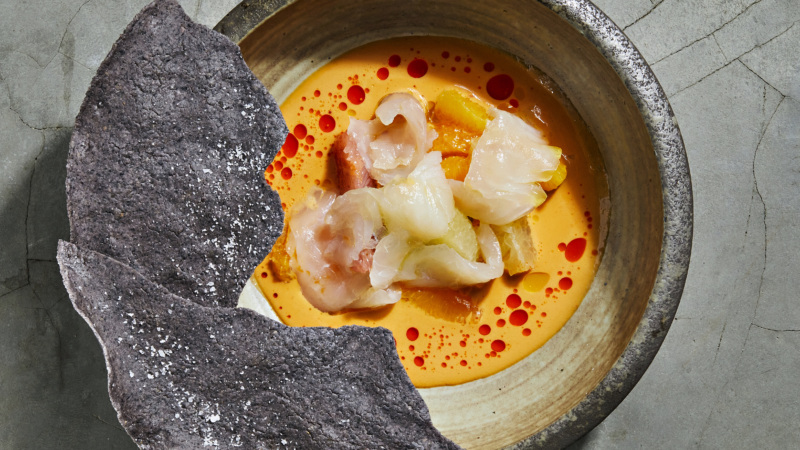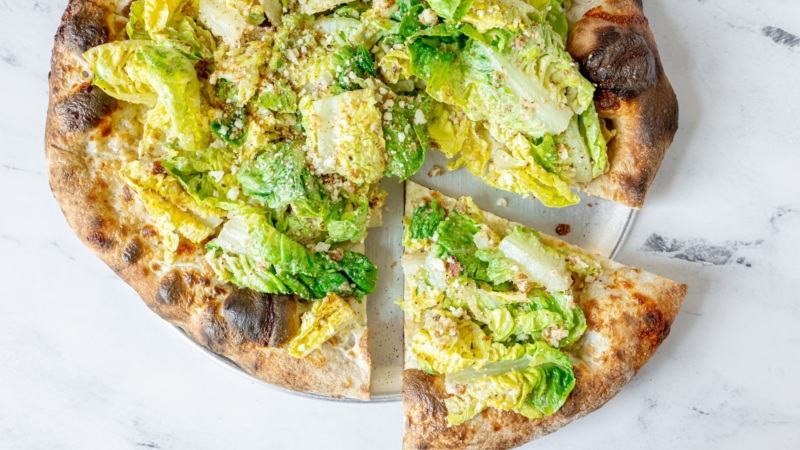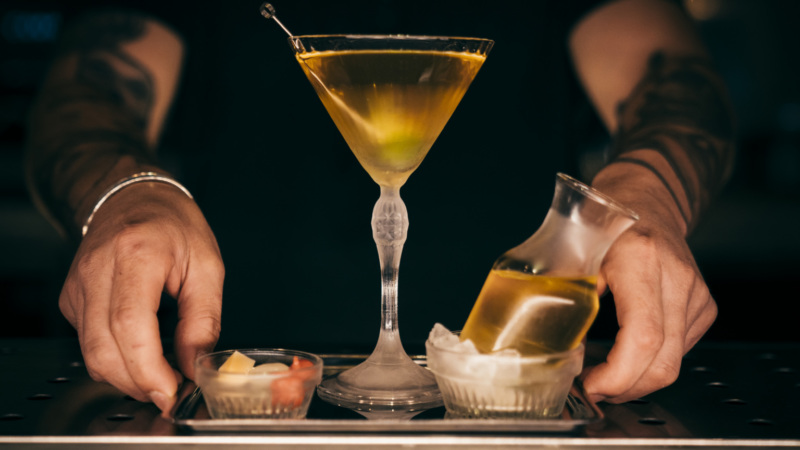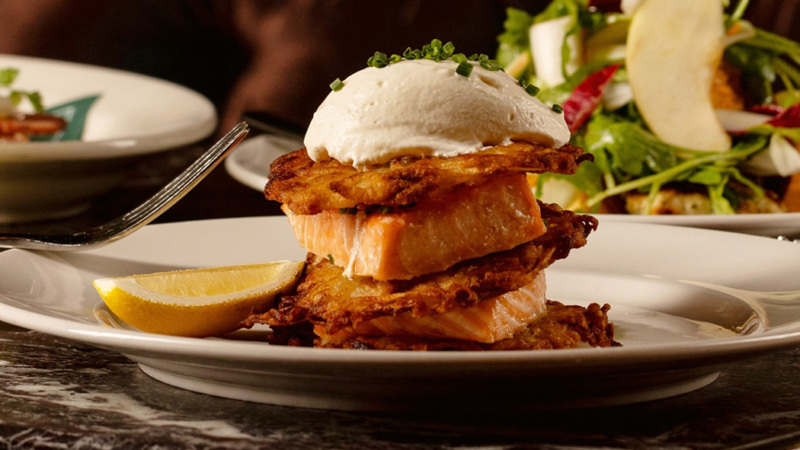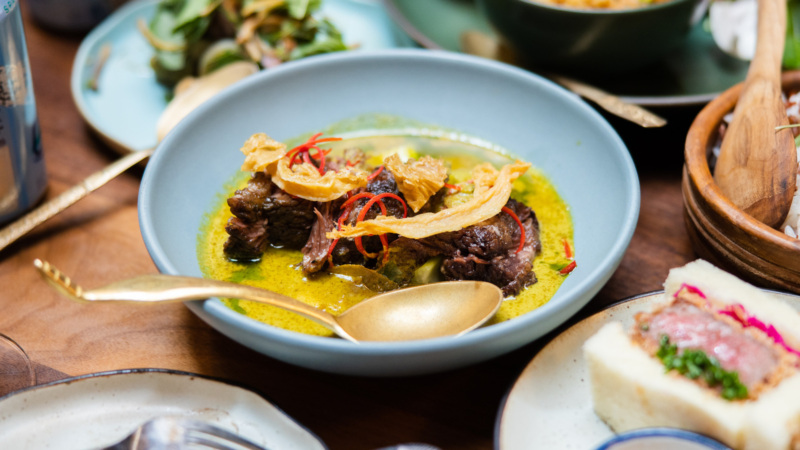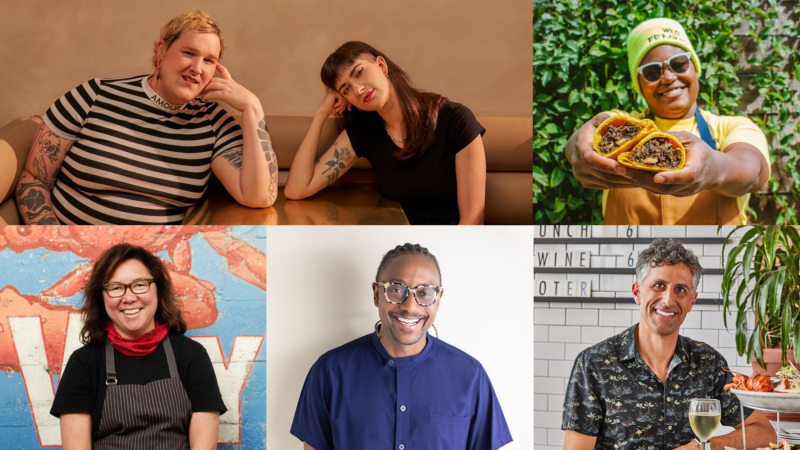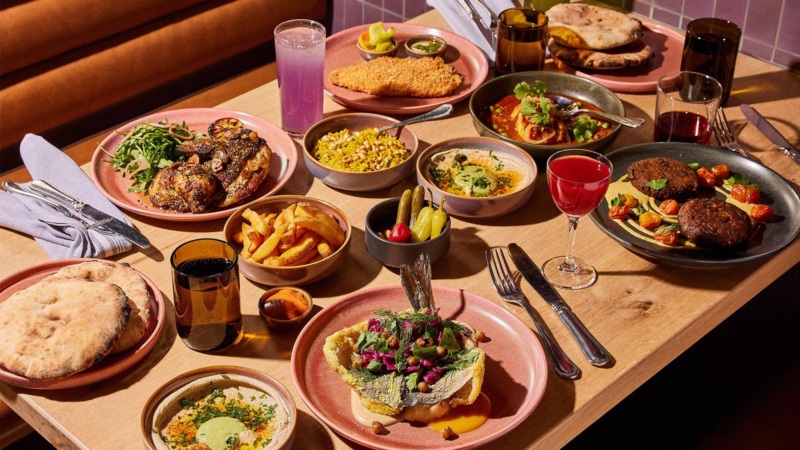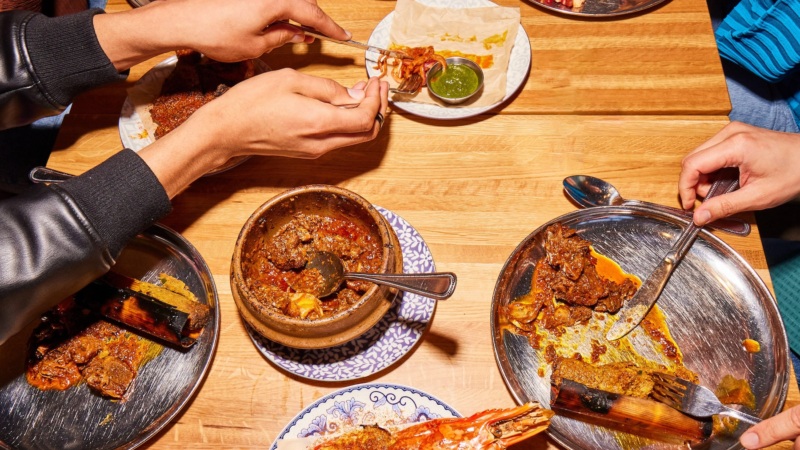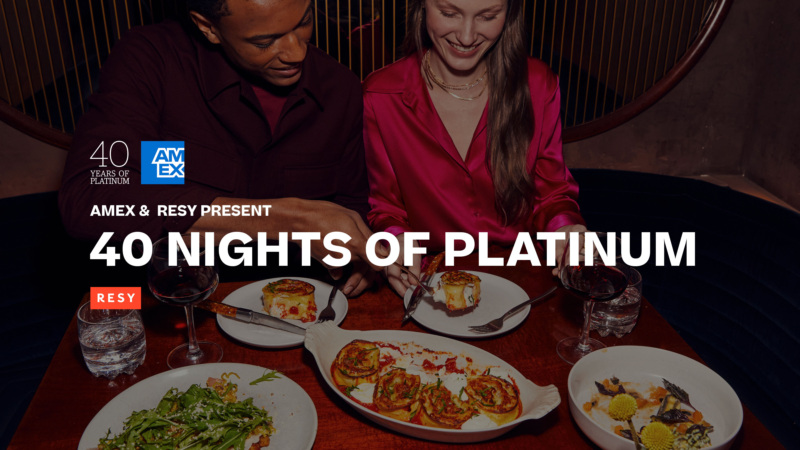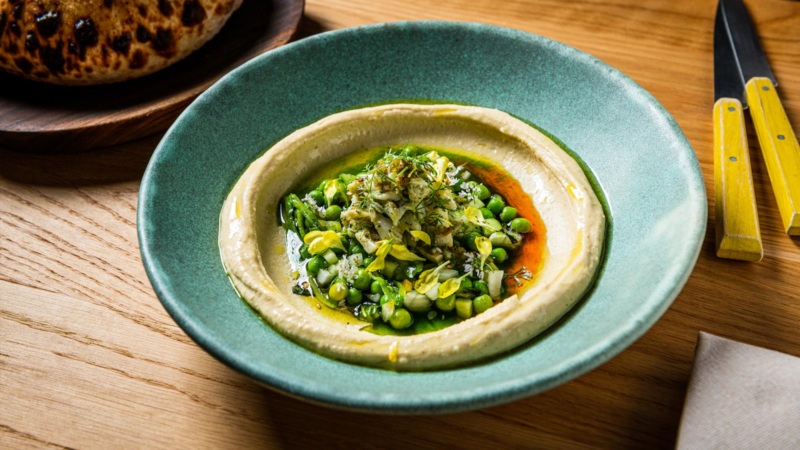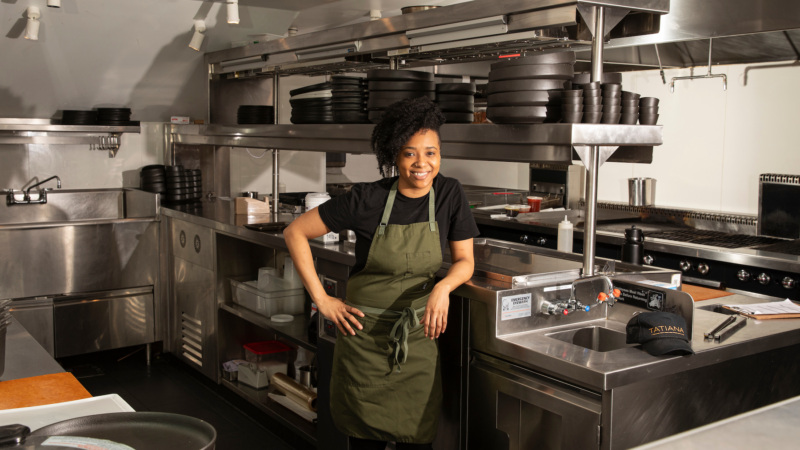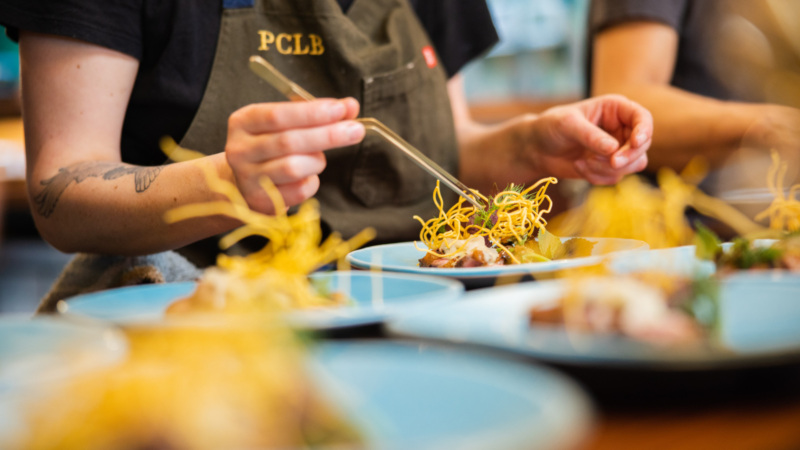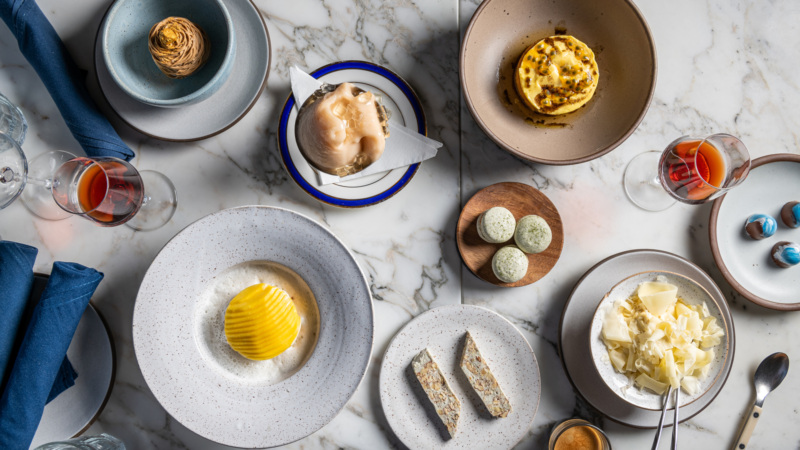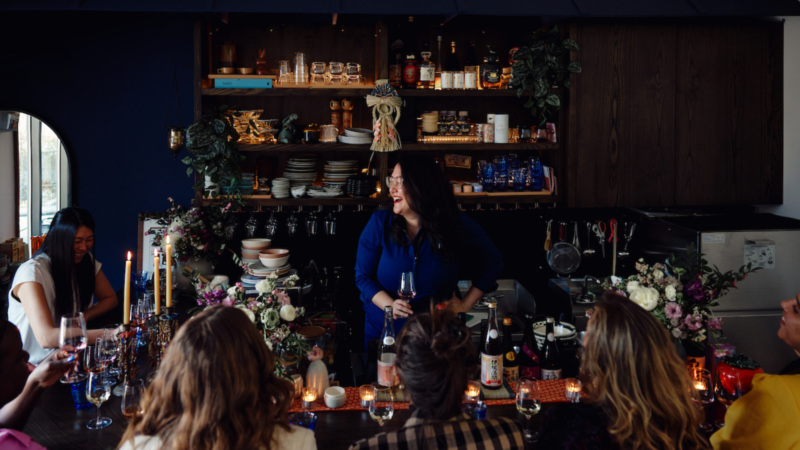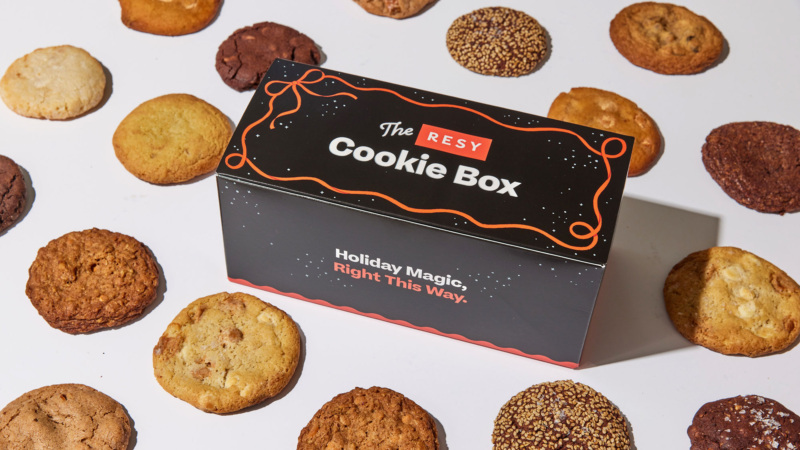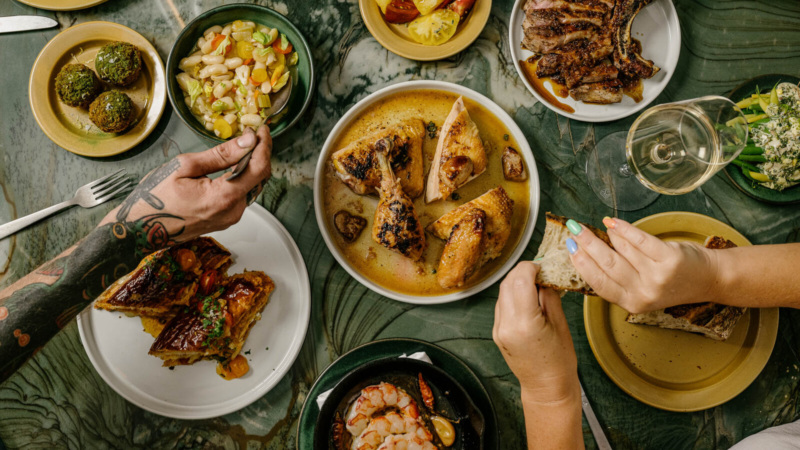
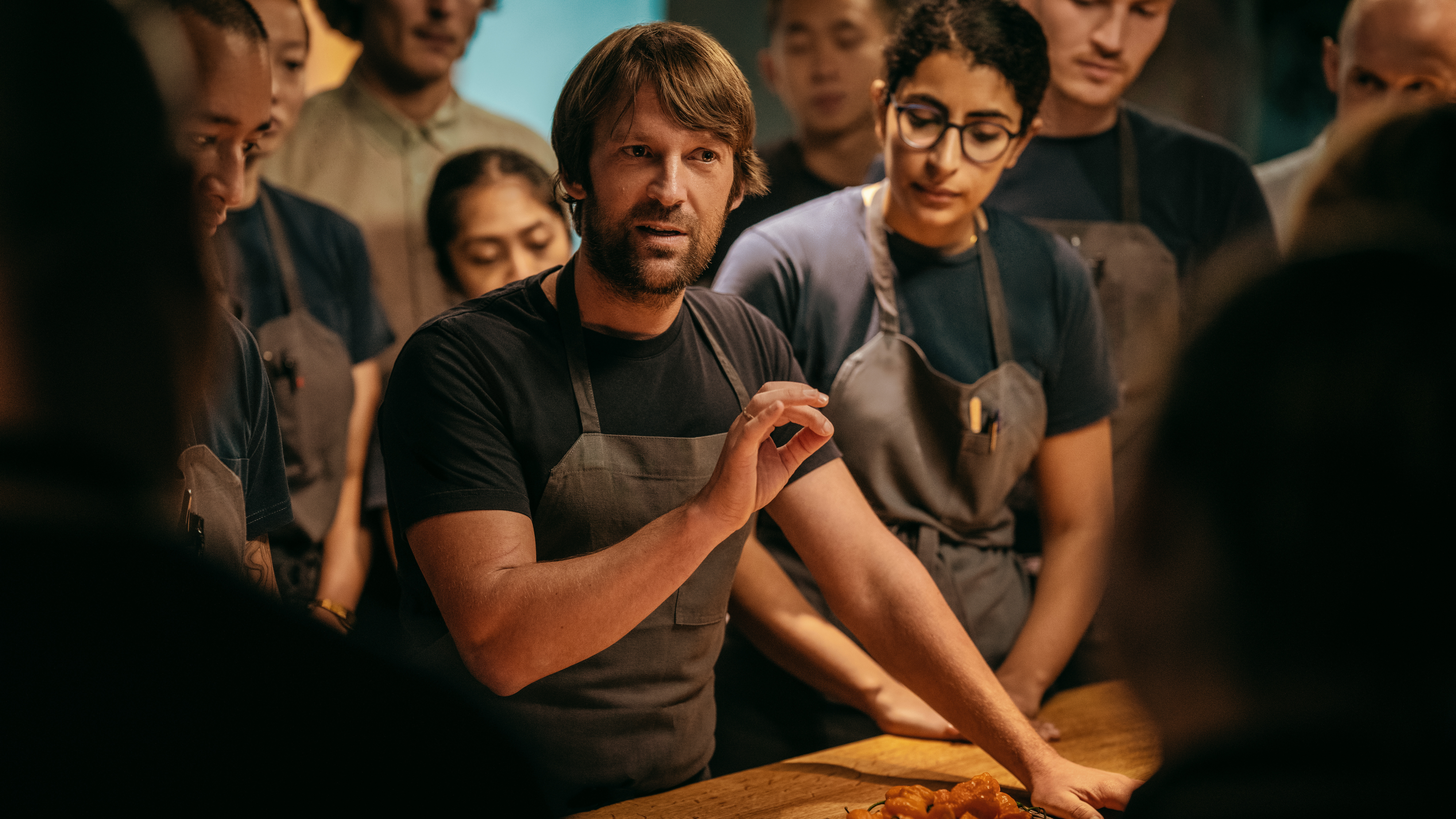
René Redzepi on the Future of Dining, the Food System, and His New Apple TV+ Docuseries, ‘Omnivore’
Speaking from Kyoto, where Noma will be spending its autumnal season, René Redzepi has many thoughts on the future of food. The spark is his new Apple TV+ series, “Omnivore,” with all episodes streaming now. The eight-part docuseries explores not only the ingredients that have shaped our world, but the way that humans grow, transform, and consume those ingredients. In many ways, this exploration of the food system is a natural progression of the work he and his team have been doing at Noma for years. In this Resy interview, Redzepi tackles a number of topics, from the show’s genesis to the ways that our digital world has changed restaurant culture to the future of the food — and dining. Right this way.
This interview has been edited for length and clarity.
Resy: What was the inspiration for the show?
René Redzepi: So the genesis happened when Noma was starting to get really well known, around 2010. That’s when we went from a restaurant that was half-full to having 20 people wanting each seat. Maybe it was 100 people. I don’t remember. That was also the time when our first book, “Time and Place,” came out, and with all this, we got offers to do television — quite a lot of offers, almost monthly. But I was very busy and not necessarily interested in television, but that period did allow me to think that, if I was interested, what would it be? And what TV did I actually like?
[Food] is more than we think. We should cherish it in a way that we aren’t.— René Redzepi
Growing up, I loved the great nature documentaries, particularly the ones with David Attenborough. I would be mesmerized through traveling and learning. That was the beginning of “Omnivore”: It was inspired by the great nature documentaries.
When the pandemic hit, that was the time when I could take a moment to explore it. Talking to Matt Goulding, he had a similar idea and we joined forces to make a show that, at the core, is telling people that food is incredible. It is more than we think. We should cherish it in a way that we aren’t. Perhaps that’s a Western issue, but we hope the show will inspire people to think more about the food we have daily. We want people to make better choices — perhaps different choices — around what they eat and buy, because those choices almost always correspond to how healthy you are, and how healthy the planet is.
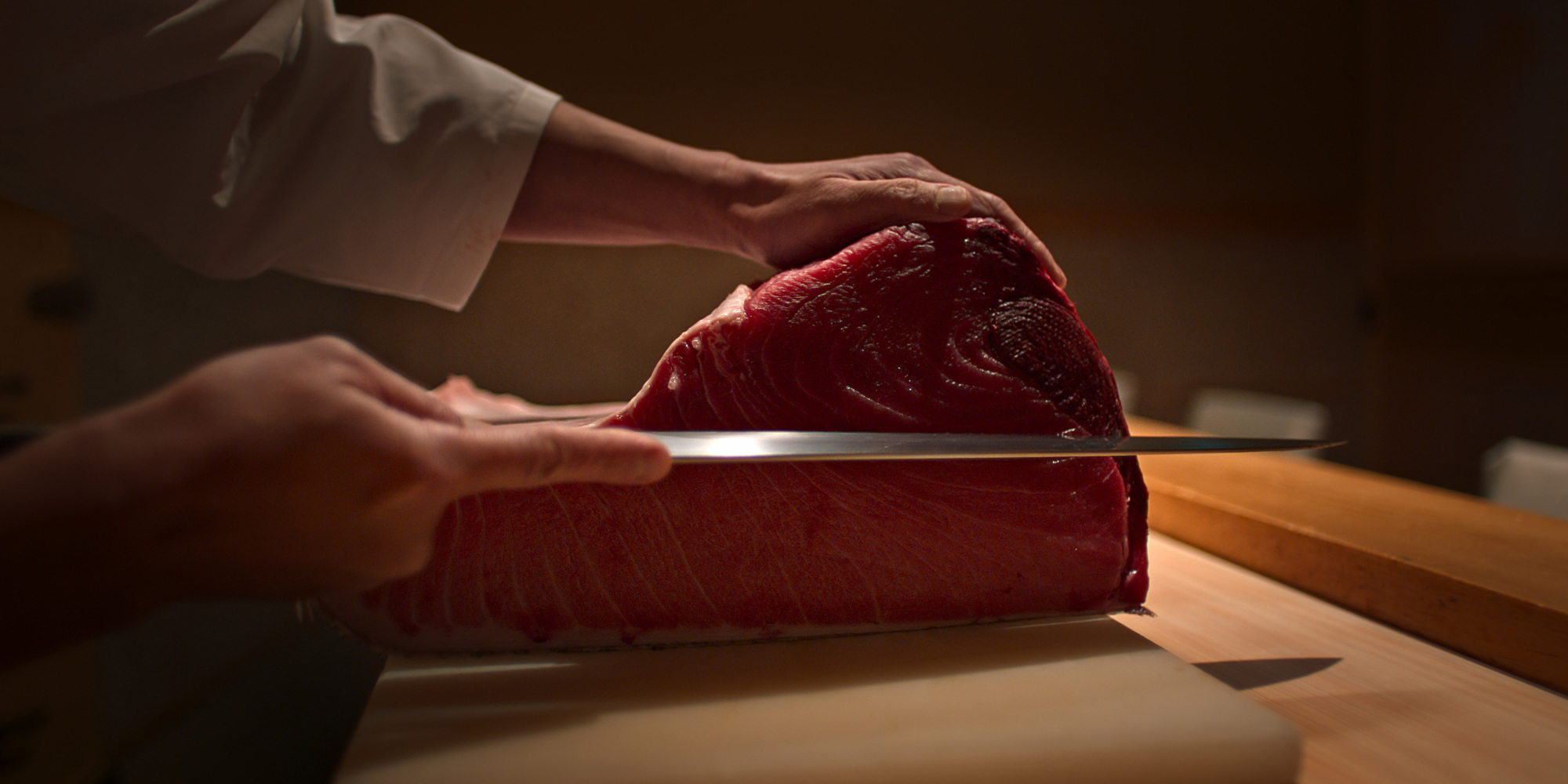

How did you choose the ingredients to center each episode?
We could’ve held on to the staples — wheat, sugar, potatoes. But it was quickly one-note storytelling, so we tried to look at the stories we wanted to tell. So, with Matt’s storytelling know-how, tuna became a story about how we fish in the ocean, the global human appetite, how the food system works, and how we transport the foods. It tells us something about us, how we live, and how the economics of food work. With that point of view, we wanted to tell these specific food stories. Each time you open a new program, hopefully it’s a new experience.
What was the story process like, particularly working so closely with a writer like Matt?
Matt and I quickly found a way of operating. First it was through many, many, many meetings in Copenhagen; at one point he lived across the courtyard. This whole process made me a better cook. It made me think more. When you experience how the great writers work, they have a way of distilling all these seemingly unrelated pieces, but finding a common thread through them, so you’re like “OK, that makes sense, thank you.” I’ve been able to look at Noma with a more analytical mindset than before.
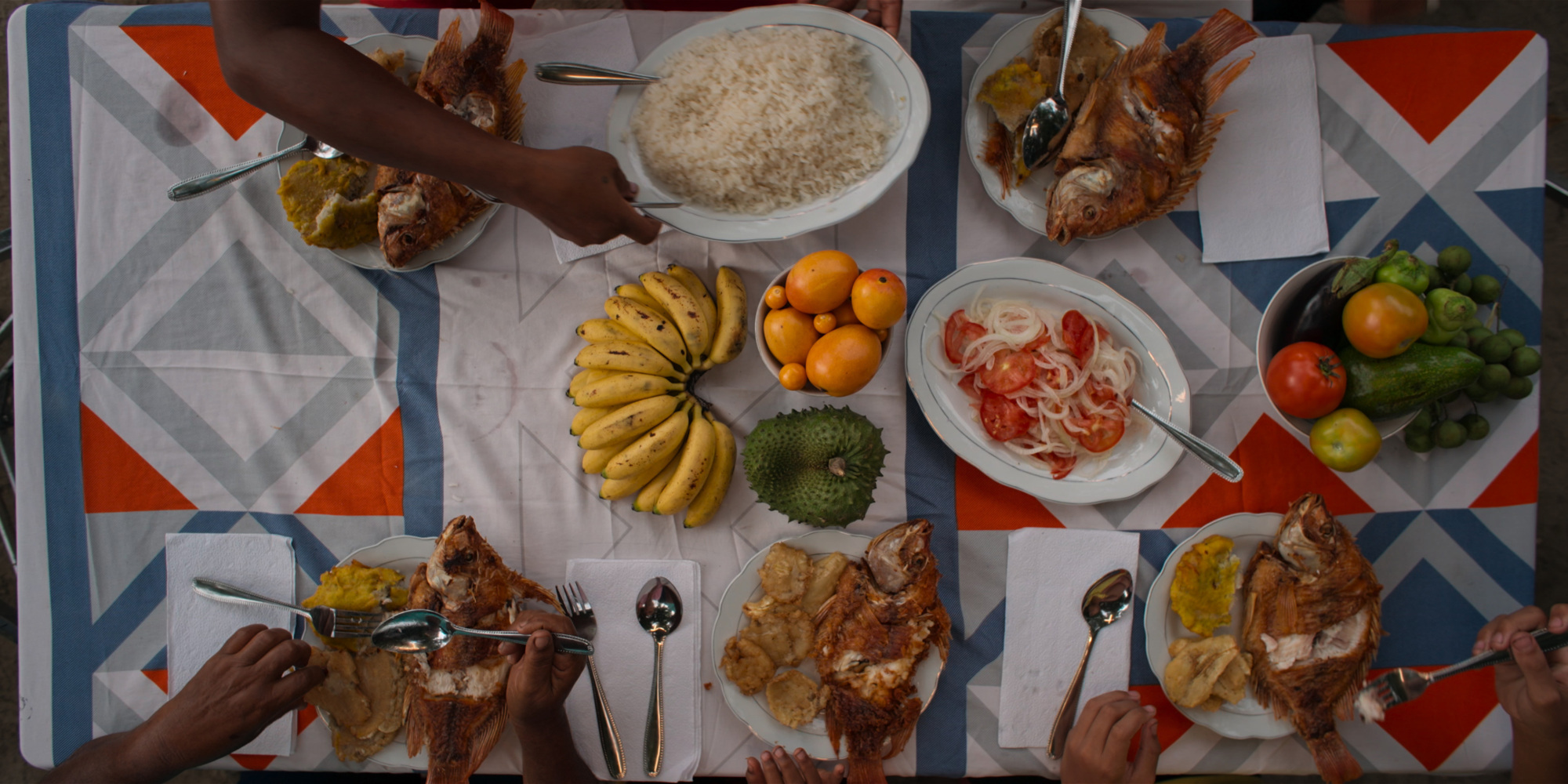
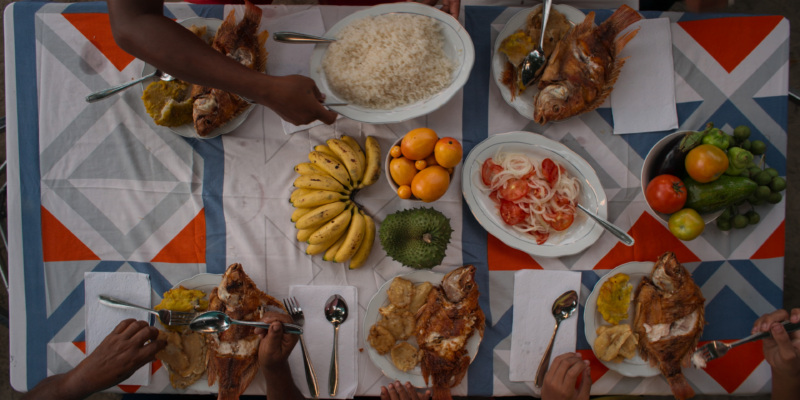
The show is very much about food more broadly, but what do you hope the show helps people understand about restaurants in particular?
I think that it all comes down to the state of the food world, which is mostly a place where people are working very hard. It’s rough and dirty work, but you see a lot of passionate people, working for companies that are often at the bottom of the profit spectrum, as most restaurants are.
Food is our most valuable resource on earth — far more than whatever mineral they need to make batteries for cars, or Bitcoin, or whatever — but we treat it as something very cheap. We have surplus calories, especially in the West. It’s best exemplified by how we throw away so much of our food and all the food waste. And so this is at the core of everything.
It should matter how well a farmer is doing, how much a cook is paid. It’s not only that restaurants should probably be charging more for food — yes, your local pasta place is probably way too cheap. But also think about the peanuts in the Snickers bar — there’s a cost there. It may not be people, but a lake or a forest or a tree. We all have to get used to spending more on food in the future. And we’re probably going to have to be cooking more, by the way.
Our dining culture has changed: A generation of people younger than me have grown up with restaurants as their main way of being out and exploring social life.— René Redzepi
In 2014, Noma was named the best restaurant in the world. How has the restaurant industry changed since then?
There are more restaurants, and the quality is many times better than it was 25 years ago. We’re eating so much better food at restaurants. Today, there are neighborhood restaurants in every part of Copenhagen that are incredible. I feel the same about New York, where I was recently. Everywhere you go, you can find something incredible to eat.
People are dining out. They are spending. They are going out multiple times a week. Our dining culture has changed: A generation of people younger than me have grown up with restaurants as their main way of being out and exploring social life.
That’s connected, in my opinion, with the digital way where we share things, where everything is downloadable — any image, any address, any menu. With all this information, people want something analogue. Restaurants in the culture have really enjoyed this, quite a bit, because restaurants are an analogue experience in an extraordinarily digital world.
That’s the positive part of the digital world. On the other hand, it’s also making everything so much the same. It is also, unfortunately I think, making younger chefs keep it safe when they open. If you are a younger chef with a hint of talent, and you’re cooking something new, people flock there and it’s about very quickly whether it’s fantastically delicious, as opposed to something maybe not perfect yet but with good ideas that just needs to mature into what it will be. There’s this incredible speed of which things happen, and that has to be quite tough. I think it hurts innovation, so there’s a move toward comfort food.

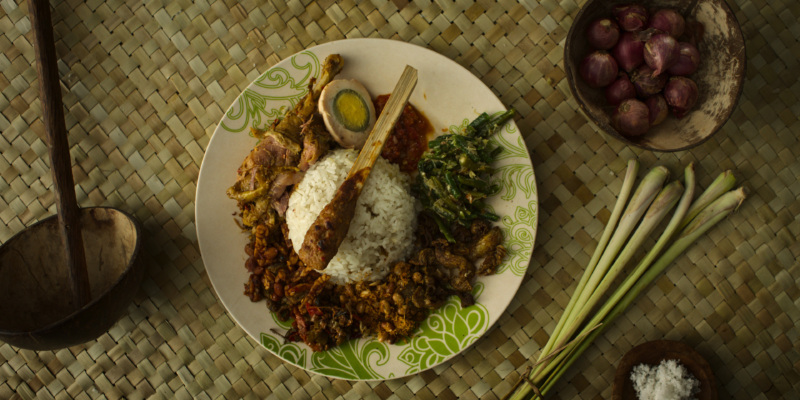
What do you see in the next 10 years?
Another good change is everyone is trying to figure out how to build the restaurant of the future, which is a place where the decisions are as sustainable as possible: How do you use water and ingredients in the right ways, with prices that make sense? How are you building a strong organization, where people can thrive for a lifetime?
That restaurant of the future is still a big question mark for our industry. People are searching for it. People are demanding it as well. Workers are demanding it. And who can blame them?
There’s no quick fix, but we are searching for it. One of the reasons for Noma 3.0 is that we may know a solution. We need to close the restaurant and build a type of organization where our revenue comes from other ways, not from serving guests. That’s our future. We will open up in a pop-up format once a year in Copenhagen or somewhere else. The remainder of the year will be large-scale projects and collaborations with government associations, tech companies, or food startups. Anything we can make a difference to make food better and make use of our 20-plus years of innovation and work.
One of our projects came to be because of “Omnivore” — the future state of food. We know there is a potential of not-so-distant figure where we may have less rice. What does that mean? We’ve identified crops that can be a larger part of our collective future — crops like seaweed, mushrooms, more legumes, more bugs. One of the tasks we have: How do you create new things to be so delicious that more people will take them in?

